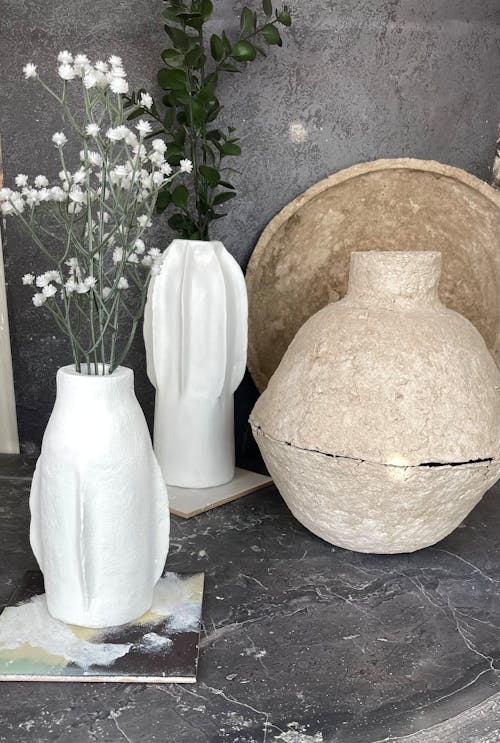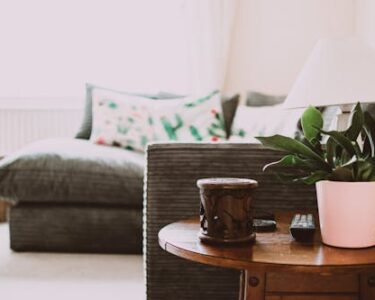“Minimalist Living Room Ideas: Design Tips for a Calm & Stylish Space
Escape the clutter and create a peaceful sanctuary in your home. A minimalist living room offers a serene retreat, promoting relaxation and focus. Far from being stark or empty, a truly successful minimalist design creates an inviting space that feels both calm and intentionally curated. This guide explores practical design tips to help you achieve your ideal minimalist living room.
Why Choose a Minimalist Living Room?
The appeal of a minimalist living room lies in its simplicity and functionality. Benefits include:
* Reduced stress and visual noise.
* Easier cleaning and maintenance.
* Enhanced focus on essential items.
* A timeless, elegant aesthetic.
* Creating a calm, inviting atmosphere.
Key Principles for Your Minimalist Living Room
Achieving a minimalist living room involves thoughtful choices about what to include and, more importantly, what to exclude.
1. **Ruthless Decluttering:** This is the foundational step. Remove anything that doesn’t serve a purpose or bring joy. Sort items into keep, donate, or discard piles. Be honest about what you truly need and use in your living room space.
2. **Embrace a Neutral Color Palette:** A minimalist living room typically features a calm, neutral backdrop. Think whites, grays, beiges, and soft browns. These colors create a sense of spaciousness and tranquility. You can introduce subtle pops of color through carefully chosen accessories, but the primary palette should be soothing and cohesive.
3. **Select Functional, Simple Furniture:** Choose furniture pieces with clean lines and simple forms. Prioritize comfort and functionality. A minimalist living room doesn’t need many furniture items – focus on the essentials like a comfortable sofa, a practical coffee table, and perhaps an accent chair. Consider multi-functional pieces, like storage ottomans, to maximize utility while maintaining a clean look.
4. **Strategic Decor and Accessories:** The rule is “less is more.” Instead of many small items, choose a few impactful pieces. A single large piece of artwork, a couple of carefully selected plants, or a unique decorative object can make a statement without creating clutter. Ensure every decor item feels intentional and adds value to the space.
5. **Prioritize Lighting:** Good lighting is crucial in a minimalist living room. Maximize natural light by keeping windows unobstructed. Supplement with simple, well-placed artificial lighting. Pendant lights, floor lamps, and table lamps with clean designs can add warmth and ambiance without visual clutter.
6. **Incorporate Texture:** To prevent a minimalist living room from feeling cold or sterile, introduce texture. Use soft throws, textured rugs, linen pillows, or materials like wood, stone, and metal. Texture adds visual interest and warmth, making the space feel inviting and layered despite its simplicity.
7. **Create a Focal Point:** A minimalist living room benefits from having a focal point – something that draws the eye without overwhelming the space. This could be a fireplace, a large window with a view, a striking piece of art, or even a particularly interesting furniture piece.
Implementing Your Minimalist Living Room Design
Start slowly. Begin by decluttering one area. Then, plan your color scheme and furniture layout. Don’t feel pressured to buy all new items; try working with what you have, painting walls, and rearranging furniture. Focus on creating a feeling of peace and order.
A minimalist living room is more than just a design style; it’s a lifestyle choice that promotes calm, focus, and intentional living. By following these tips, you can transform your living room into a beautiful, functional, and serene space you’ll love spending time in.”




